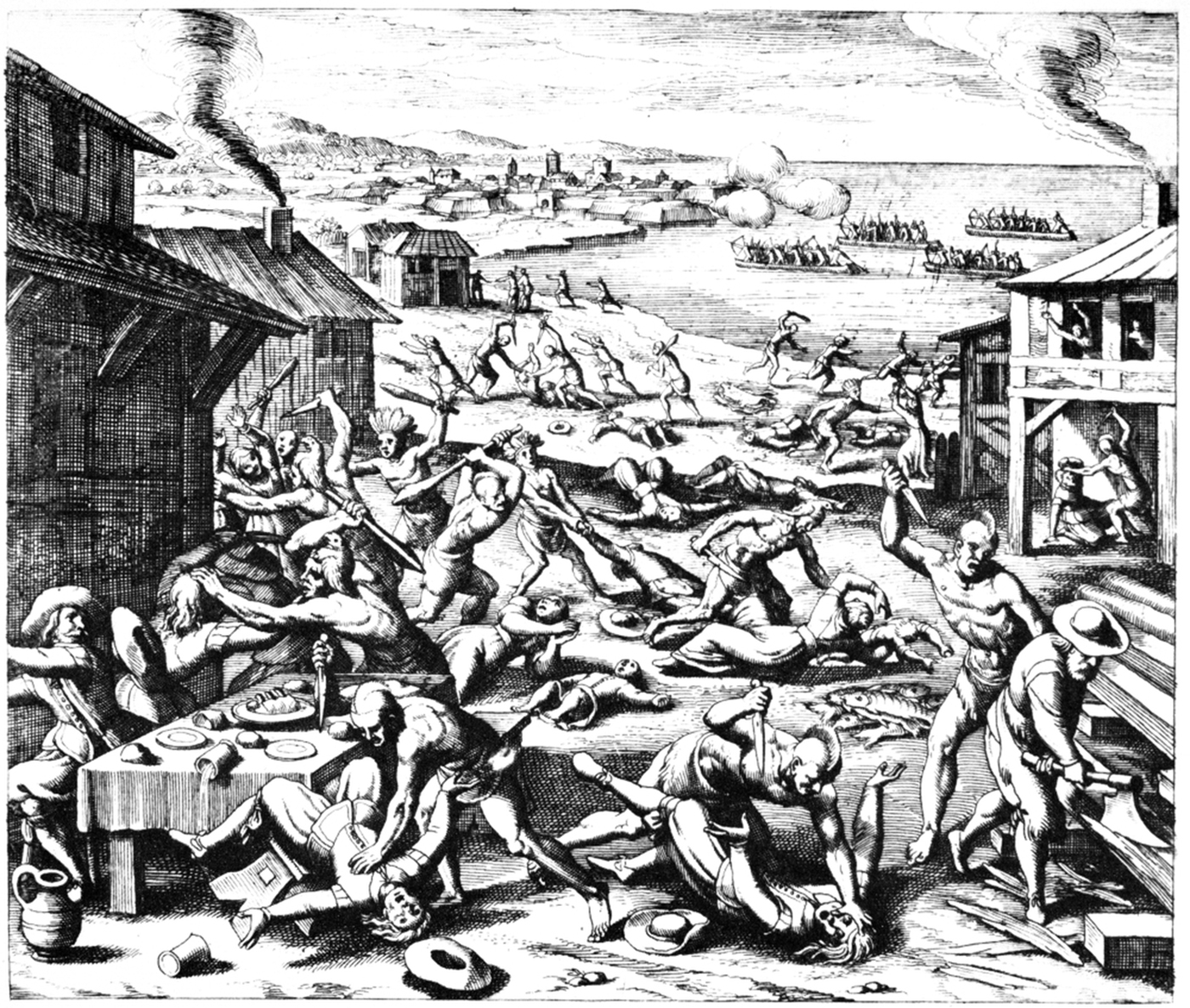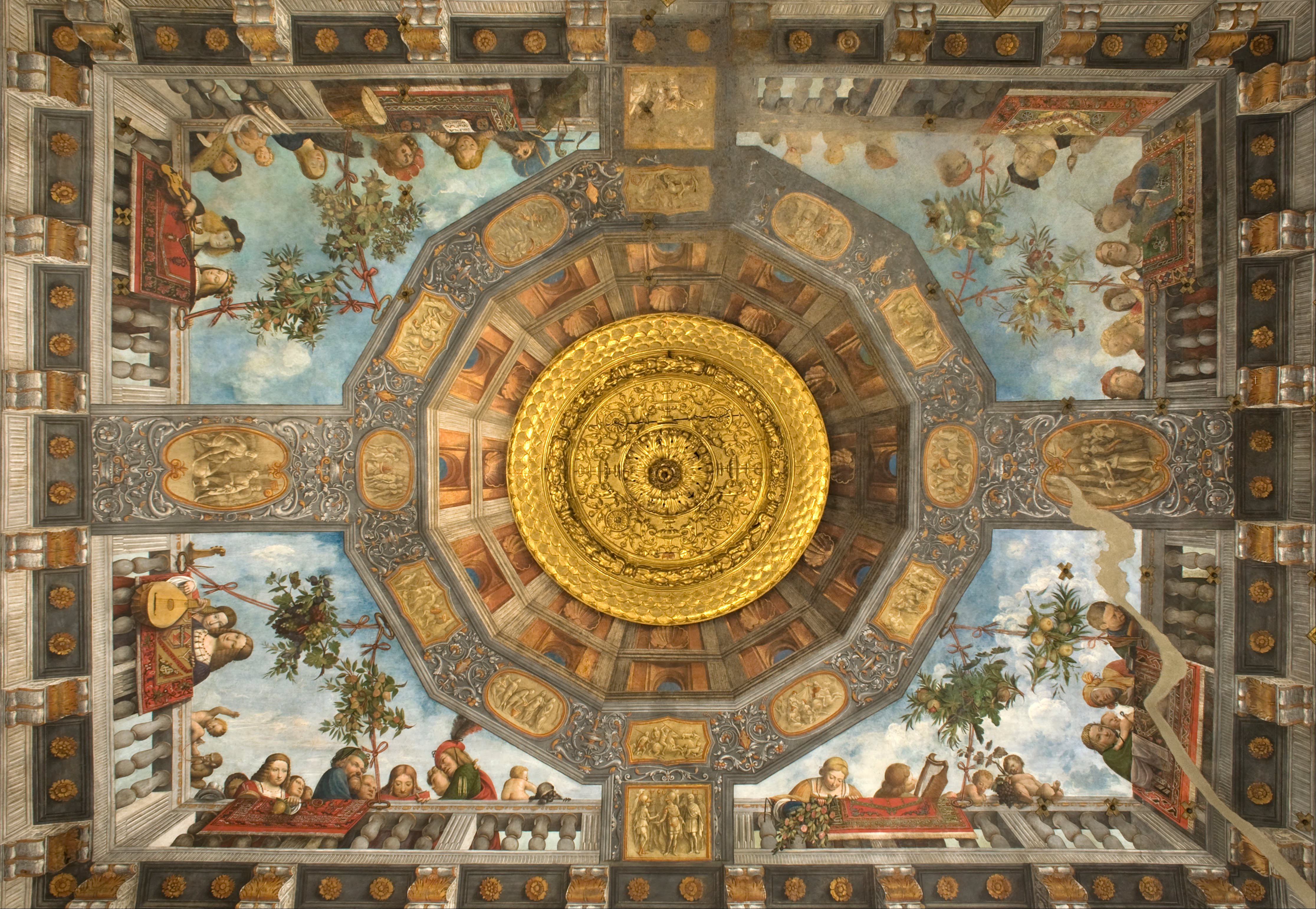|
Cornelis Brisé
Cornelis Brisé (also Brisée, Bresee, Brizé, and Brizée) (1622, Haarlem - 1670, Amsterdam) was a Dutch Golden Age painter. Biography He made a trip to Rome in 1642, but in 1655 he was back in the Netherlands where he settled in Amsterdam.Brisé, Cornelis in the databases According to Houbraken he was specialized in all sorts of still life painting, including harness, which was considered the most difficult object to paint. His two and a half meters wide ''documents on the wall'' in were immortalized by |
Haarlem
Haarlem (; predecessor of ''Harlem'' in English language, English) is a List of cities in the Netherlands by province, city and Municipalities of the Netherlands, municipality in the Netherlands. It is the capital of the Provinces of the Netherlands, province of North Holland. Haarlem is situated at the northern edge of the Randstad, one of the Largest European cities and metropolitan areas, more populated metropolitan areas in Europe; it is also part of the Amsterdam metropolitan area. Haarlem had a population of in . Haarlem was granted city status or in 1245, although the first city walls were not built until 1270. The modern city encompasses the former municipality of Schoten, Netherlands, Schoten as well as parts that previously belonged to Bloemendaal and Heemstede. Apart from the city, the municipality of Haarlem also includes the western part of the village of Spaarndam. Newer sections of Spaarndam lie within the neighbouring municipality of Haarlemmermeer. Geography ... [...More Info...] [...Related Items...] OR: [Wikipedia] [Google] [Baidu] |
Joost Van Den Vondel
Joost van den Vondel (; 17 November 1587 – 5 February 1679) was a Dutch playwright, poet, literary translator and writer. He is generally regarded as the greatest writer in the Dutch language as well as an important figure in the history of Western literature. In his native country, Vondel is often called the "Prince of Poets" and the Dutch language is sometimes referred to as "the language of Vondel". His oeuvre consists of 33 plays, a large number of poems in different genres and forms, an epic poem and many translations of predominantly classical literature. Vondel lived in the Dutch Republic during the Eighty Years' War and became the leading literary figure of the Dutch Golden Age. Although Vondel was born in Cologne, his family, who were Mennonites, originally came from Antwerp, but had to flee after the fall of the city in 1585. They settled in Cologne, but were persecuted there as well. Eventually they moved to Amsterdam in the then newly formed Dutch Republic. In Amst ... [...More Info...] [...Related Items...] OR: [Wikipedia] [Google] [Baidu] |
Dutch Golden Age Painters
Dutch Golden Age painting is the painting of the Dutch Golden Age, a period in Dutch history roughly spanning the 17th century, during and after the later part of the Eighty Years' War (1568–1648) for Dutch independence. The new Dutch Republic was the most prosperous nation in Europe and led European trade, science, and art. The northern Terminology of the Low Countries, Netherlandish provinces that made up the new state had traditionally been less important artistic centres than cities in Flanders in the south. The upheavals and large-scale transfers of population of the war, and the sharp break with the old monarchist and Catholic cultural traditions, meant that Dutch art had to reinvent itself almost entirely, a task in which it was very largely successful. The painting of religious subjects declined very sharply, but a large new market for all kinds of secular subjects grew up. Although Dutch painting of the Golden Age is included in the general European period of Baroque ... [...More Info...] [...Related Items...] OR: [Wikipedia] [Google] [Baidu] |
1670 Deaths
Events January–March * January 17 – Raphael Levy, a Jewish resident of the city of Metz in France, is burned at the stake after being accused of the September 25 abduction and ritual murder of a child who had disappeared from the village of Glatigny. The prosecutor applies to King Louis XIV for an order expelling all 95 Jewish families from Metz, but the king refuses. * January 27 – The Muslim emperor Aurangzeb of the Mughal Empire in India issues an order for the destruction of all Hindu temples and schools in the empire, including the Keshvadeva Temple in Mathura. * February 4 – The Battle of Sinhagad takes place in India (in the modern-day Maharashtra state) as the Maratha Empire army, led by Tanaji Malusare, leads an assault on the Kondhana Fortress that had been captured by the Mughal Empire. Tanaji, called "The Lion" by his followers, captures the fortress by guiding the successful scaling of the walls of the fortress with ladders cre ... [...More Info...] [...Related Items...] OR: [Wikipedia] [Google] [Baidu] |
1622 Births
Events January–May * January 7 – The Holy Roman Empire and Transylvania sign the Peace of Nikolsburg. * February 8 – King James I of England dissolves the Parliament of England, English Parliament. * March 12 – Ignatius of Loyola, Francis Xavier, Teresa of Ávila, Isidore the Farmer and Philip Neri are canonized by Pope Gregory XV. * March 22 – Indian massacre of 1622, Jamestown massacre: Algonquian peoples, Algonquian natives kill 347 English settlers outside Jamestown, Virginia (one third of the colony's population), and burn the Henricus settlement. This begins the American Indian Wars. April–June * April 22 – Hormuz Island, Hormuz is Capture of Ormuz (1622), captured from the Portuguese, by an Anglo-Persian force. * April 27 – Thirty Years' War – Battle of Mingolsheim, Skirmish at Mingolsheim: Protestant forces under Ernst von Mansfeld, Mansfeld and Georg Friedrich, Margrave of Baden-Durlach, Georg Friedrich o ... [...More Info...] [...Related Items...] OR: [Wikipedia] [Google] [Baidu] |
Royal Palace Of Amsterdam
The Royal Palace of Amsterdam in Amsterdam (Dutch: ''Koninklijk Paleis van Amsterdam'' or ) is one of three palaces in the Netherlands which are at the disposal of the monarch by Act of Parliament. It is situated on the west side of Dam Square in the centre of Amsterdam, opposite the War Memorial and next to the Nieuwe Kerk. During the Batavian Republic the public floors of the building became the first Amsterdam museum under Louis Bonaparte and later became his royal palace when Napoleon crowned him king. After the fall of Napoleon, it became the palace of the Dutch Royal House. The public floors still function as a museum and are open to the public most days of the year. The palace building was commissioned by Mayor Nicolaes Tulp as a large-scale construction project for a new city hall, even before the old one burned down in 1652. It was completed in 1656 and became an international attraction for foreign visitors and the works of art installed in various public rooms wer ... [...More Info...] [...Related Items...] OR: [Wikipedia] [Google] [Baidu] |
Arnold Houbraken
Arnold Houbraken (28 March 1660 – 14 October 1719) was a Dutch people, Dutch Painting, painter and writer from Dordrecht, now remembered mainly as a biographer of Dutch Golden Age painters. Life Houbraken was sent first to learn ''threadtwisting'' (Twyndraat) from Johannes de Haan, who introduced him to engraving. After two years he then studied art with Willem van Drielenburch, who he was with during the rampjaar, the year 1672. He then studied 9 months with Jacobus Leveck and finally, four years with Samuel van Hoogstraten. In 1685 he married Sara Sasbout, and around 1709 he moved from Dordrecht to Amsterdam. Arnold Houbraken painted mythological and religious paintings, portraits and landscapes. He is best known for the art history, art historical work ''The Great Theatre of Dutch Painters'' (1718–1721). When he died his son Jacobus Houbraken, Jacob assisted his mother with the last proofs of the manuscript before publishing. His first attempt at an instructive manual ... [...More Info...] [...Related Items...] OR: [Wikipedia] [Google] [Baidu] |
Trompe-l'œil
; ; ) is an artistic term for the highly realistic optical illusion of three-dimensional space and objects on a Two-dimensional space, two-dimensional surface. , which is most often associated with painting, tricks the viewer into perceiving painted objects or spaces as real. Forced perspective is a related illusion in architecture. History in painting The phrase, which can also be spelled without the hyphen and Typographic ligature, ligature in English as ''trompe l'oeil'', originates with the artist Louis-Léopold Boilly, who used it as the title of a painting he exhibited in the Paris Salon of 1800. Although the term gained currency only in the early 19th century, the illusionistic technique associated with dates much further back. It was (and is) often employed in murals. Instances from Greek and Roman times are known, for instance in Pompeii. A typical mural might depict a window, door, or hallway, intended to suggest a larger room. A version of an oft-told ancient Gr ... [...More Info...] [...Related Items...] OR: [Wikipedia] [Google] [Baidu] |
Amsterdam
Amsterdam ( , ; ; ) is the capital of the Netherlands, capital and Municipalities of the Netherlands, largest city of the Kingdom of the Netherlands. It has a population of 933,680 in June 2024 within the city proper, 1,457,018 in the City Region of Amsterdam, urban area and 2,480,394 in the Amsterdam metropolitan area, metropolitan area. Located in the Provinces of the Netherlands, Dutch province of North Holland, Amsterdam is colloquially referred to as the "Venice of the North", for its canals of Amsterdam, large number of canals, now a World Heritage Site, UNESCO World Heritage Site. Amsterdam was founded at the mouth of the Amstel River, which was dammed to control flooding. Originally a small fishing village in the 12th century, Amsterdam became a major world port during the Dutch Golden Age of the 17th century, when the Netherlands was an economic powerhouse. Amsterdam was the leading centre for finance and trade, as well as a hub of secular art production. In the 19th ... [...More Info...] [...Related Items...] OR: [Wikipedia] [Google] [Baidu] |
Rome
Rome (Italian language, Italian and , ) is the capital city and most populated (municipality) of Italy. It is also the administrative centre of the Lazio Regions of Italy, region and of the Metropolitan City of Rome. A special named with 2,746,984 residents in , Rome is the list of cities in the European Union by population within city limits, third most populous city in the European Union by population within city limits. The Metropolitan City of Rome Capital, with a population of 4,223,885 residents, is the most populous metropolitan cities of Italy, metropolitan city in Italy. Rome metropolitan area, Its metropolitan area is the third-most populous within Italy. Rome is located in the central-western portion of the Italian Peninsula, within Lazio (Latium), along the shores of the Tiber Valley. Vatican City (the smallest country in the world and headquarters of the worldwide Catholic Church under the governance of the Holy See) is an independent country inside the city boun ... [...More Info...] [...Related Items...] OR: [Wikipedia] [Google] [Baidu] |
Vanitas Stilleven Rijksmuseum SK-A-1281
''Vanitas'' is a genre of symbolizing the transience of life, the futility of pleasure, and the certainty of death, and thus the vanity of ambition and all worldly desires. The paintings involved still life imagery of transitory items. The genre began in the 16th century and continued into the 17th century. Vanitas art is a type of allegorical art representing a higher ideal. It was a sub-genre of painting heavily employed by Dutch painters during the Baroque period (c.1585–1730). Spanish painters working at the end of the Spanish Golden Age also created vanitas paintings. Etymology The word ''vanitas'' comes from Latin and means vanity. In this context, vanity means pointlessness, or futility, not to be confused with the other definition of vanity. Vanity is referenced in the Hebrew Bible in Ecclesiastes 12:8, "Vanity of Vanities, saith the preacher, all is vanity". In some versions vanity is translated as "meaningless" to avoid the confusion with the other definition of ... [...More Info...] [...Related Items...] OR: [Wikipedia] [Google] [Baidu] |








